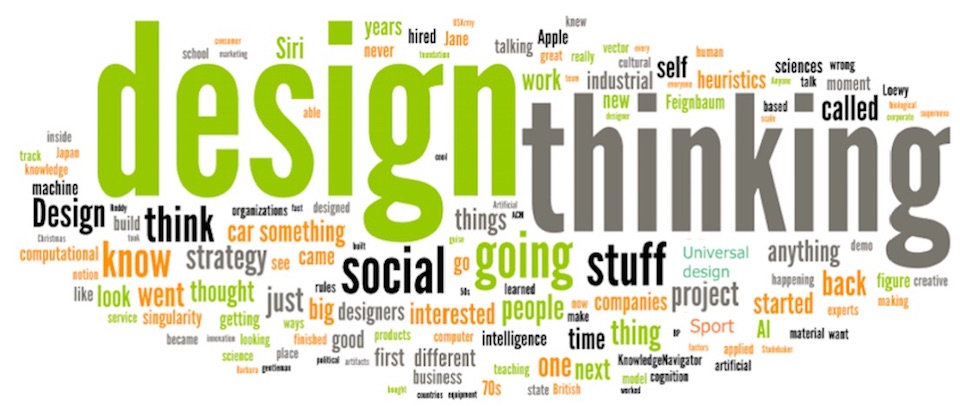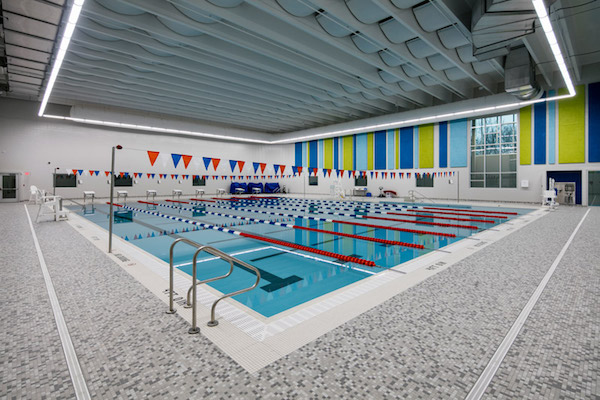August 2017
By Merrilee Barnes
According to the Australian Sports Commission’s latest AusPlay survey, more than 60% of people in Australia aged 15 years or older are participating in sport and physical recreation at least 3 times per week. People play sport for many reasons including its myriad fitness benefits. They play for competition or fun, and to enjoy social interaction with others. There are many things that influence sport participation but one of the critical things that can have an impact on participation is the design of sport programs, which, depending on the nature of the design, can have positive or negative impacts.
Inclusive design in sport explained
Inclusive design takes into account the broad range of diversity in our society such as age, gender, race, culture, language, socio economic background, ability, sexual orientation and other types of difference. When we apply an inclusive design lens to sport, the focus is on providing equal opportunity to every sports participant. Because everyone matters. All participants, regardless of difference, have the right to access sport programs, spaces and facilities without facing unnecessary obstacles.
#everyonematters
A lot of people think that inclusive design is about physical accessibility. And when it comes to ‘accessible’ and inclusive sport many people think it is the kind of sport that gets played in a facility that has been designed to high standards of accessibility, usually legislated. The truth is inclusive sport can take place anywhere, including open spaces such as lakes, rivers and unmarked fields. It doesn’t really matter where it’s played. If the sport program has been designed properly – inclusively designed – it will be appealing to everyone regardless of ‘difference’. In fact when designing inclusive sport spaces and programs that appeal to all who wish to participate many factors need to be taken into account.
Let’s go back to the sporting facilities for a minute. Yes, every facility should be designed and built with the needs of all participants in mind. Parks, school ovals, clubs, gyms, stadiums, open spaces – ideally these spaces must be accessible and easy to use.
Every field of play, every change room and every car park must be available and accessible to everyone. And those who are providing the sport service must be inclusive of everyone. Staff and volunteers – club administrators, coaches, receptionists, officials, security, car park attendants and volunteers – should practice an inclusive approach by making everyone feel welcome.
But perhaps the most important factor is the design of the sport program itself. Sport programs should be ‘designed to the edges’. By designing to the edges, we go beyond where we think we need to go in order to consider everyone who wants to participate. By designing to the edges we go beyond the club to the broader environment that surrounds sport.
Transport connections to clubs and venues that provide easy and welcoming access to all people. The needs of everyone – regardless of what age they are, or whether they have a disability, or speak a different language, or happen to be female or transgender, or arrive by bicycle, bus, train, car, and airplane or on foot – must be taken into account when designing sport.
Using design thinking principles and universal design principles to build better sporting programs
There is no doubt that inclusion is a trending topic these days and mostly for all the right reasons. When a negative issue does happen – think the vilification of AFL player Adam Goodes in 2015 – it tends to generate a considerable amount of public discussion and debate. The bi-product of such debate is a greater societal awareness of a particular issue and hopefully, an evolution to higher community standards and zero tolerance. So there’s never been a better time to take advantage of this increasing awareness and social consciousness by designing better and more inclusive sports.
What if we designed our sporting experiences and programs using the same principles that inclusive designers use? And if we used principles of design thinking and universal design to make our sport programs more engaging and appealing to a wider audience, would such principles make it easier to create sport programs that attract a more diverse audience?
Design thinking is a term used to describe the innovative strategies professional designers use during the design process. Design thinkers usually define the problem, ideate and develop different options to solve the problem, prototype, iterate, test and then choose the best approach.
Design thinking relies on four basic ‘rules’ but perhaps the most relevant to the sporting context is the ‘human rule’.
This rule states that all design activity is ultimately social in nature and any social innovation will bring us back to the ‘human-centric point of view’. When it comes to sport programs, design thinking is about acknowledging that sport is social in its essence. In other words, the design must be focused on the needs of the participant and as such design thinking allows for relevant solutions to bubble up from below rather than being forced from the top.
The other set of principles to guide inclusive sport program development is Universal Design (UD). UD emerged in the 1960s in the United States with its objective being to design disability-friendly ‘built’ environments. UD, comprised of seven principles, also influenced the creation of laws related to people with a disability and the elderly. Universal Design begins with studying overlooked communities and is basically the human-centred design of everything with everyone in mind.
Historically the application of UD has focused on the built environment but many of its principles can be used to build better sport programs. For example, one such principle, ’no tolerance for error’, seeks to eliminate or at least minimise the risks and hazards of unintended actions. Applied to sport, all risks should be assessed when designing sport programs depending on the characteristics of the sport and the profile of the participant. Otherwise we ‘risk’ turning people away from sport.
Space and size for use and approach, low physical effort, perceptible information, flexibility in use and equitable use are some other principles that form part of UD which, when applied properly, can help create better and more inclusive sport programs.
In order to make sport a more inclusive place to play, we need to consider things other than the sport facility itself (the built environment). We must also consider the design of the sport program. For a sport to be appealing its design must be easily accessed by as diverse a group of people as possible. By taking an inclusive approach to program design and learning from designers about how diverse groups adapt to the world, we can create better sport programs for everyone. Put more simply – EVERYONE MATTERS.
#everyonematters
References:

Merrilee Barnes
Director of Culture and Leadership
Sports Governance and Business Capability
Australian Sports Commission



